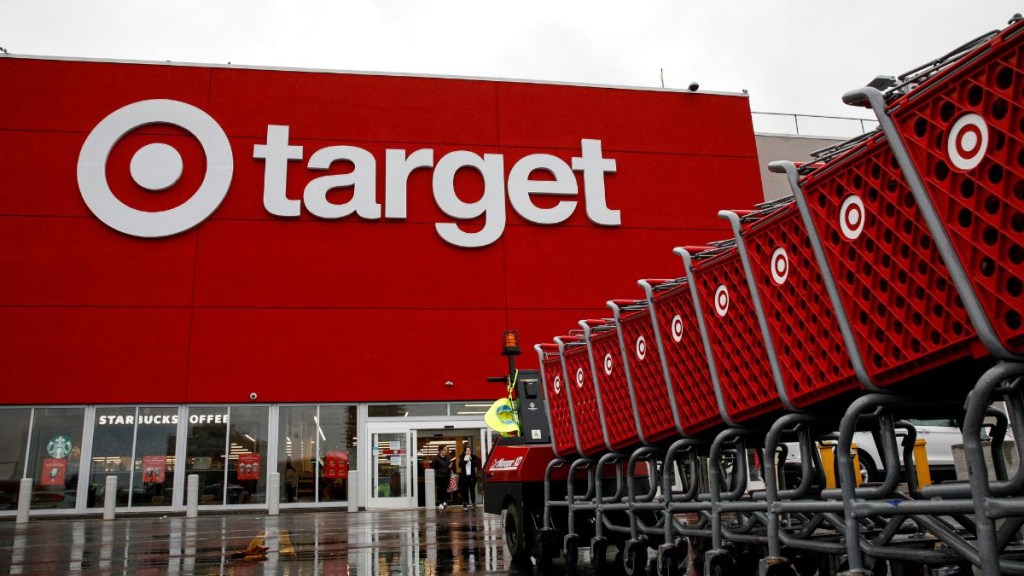Target is struggling. This quarter as the company reported another drop in sales and profits. For Q3 2025, Target posted net sales of $25.3 billion, a 1.5% decline from last year, and comparable sales fell 2.7%.
Earnings also dropped, with GAAP EPS slipping to $1.51 from $1.85 a year earlier. Although digital sales rose 2.4%, growth in food, beverage and toys was not enough to offset weakening demand in home and apparel.
These results come after four years of stagnant sales, a decision to cut 1,000 corporate jobs, and a lowered full-year profit forecast.
Even with a new CEO and major investments planned, Wednesday’s report shows how challenging Target’s turnaround will be.
Here are four reasons behind the weak results:
Target’s product range
The biggest issue for Target is that shoppers have become more cautious and are spending mainly on essentials. But Target is known for “cheap chic” clothing and home décor, items fewer customers are buying right now.
Inflation has pushed shoppers toward Walmart, Amazon, TJ Maxx and other retailers offering lower prices and more basic goods. Target’s core middle-income customers are cutting back the most, especially on discretionary items.
To bring traffic back, Target relied on heavy markdowns, which hurt margins and added pressure to an already weak quarter.
Higher costs and margin pressure
Even as sales fell, the cost of running the business continued to rise. Target’s gross margin rate dipped to 28.2%, indicating the pressure of increased markdowns taken to clear inventory and attract shoppers.
Operating income fell nearly 19%, and net income dropped about 19% to $689 million. Business transformation efforts, store improvements, and preparations for an expensive holiday season widened costs further.
The company said these factors weighed on profitability regardless of some relief from lower shrink and higher advertising revenue.
Value shoppers are choosing competitors
Inflation and high interest rates have changed how Americans shop, and the shift has favoured competitors that focus on essentials. Target, meanwhile, has struggled to convince customers it offers the best deals.
In response, the company cut prices on 3,000 everyday items for the holidays and doubled the number of new holiday products compared to last year.
It also plans to increase capital spending by 25%, to $5 billion next year, with a major focus on remodeling stores. Target announced a partnership with OpenAI to let customers shop on Target in ChatGPT.
As Michael Fiddelke told analysts, “We’re acting with urgency to make the changes and investments to position Target for sustainable and profitable growth.”
Backlash over DEI pullbacks
As reported by CNN, Target also found itself in the middle of a cultural fight after it pulled back on some of its diversity programmes earlier this year.
The decision upset supporters who felt blindsided and led to online protests. Target later acknowledged that stepping back from its DEI efforts hurt its sales.
This backlash came at a time when the company was already struggling to hold on to customers in a highly price-sensitive environment, making the impact even more severe.

